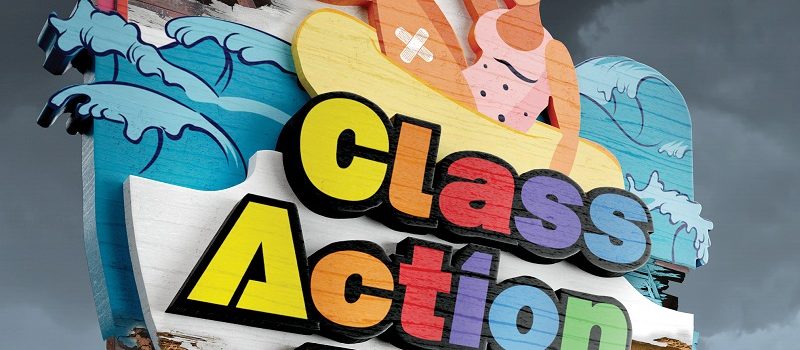It was a perfect storm that led to the creation of the craziest and qualifier for the title of the most dangerous theme park in the world. The money that flowed into the stock market at the close of the 70s and the early 80s allowed Eugene Mulvihill to have an almost unchecked line a credit to build a water park and amusement center in Vernon, New Jersey that was the summer fun equivalent of the insane leading the asylum.
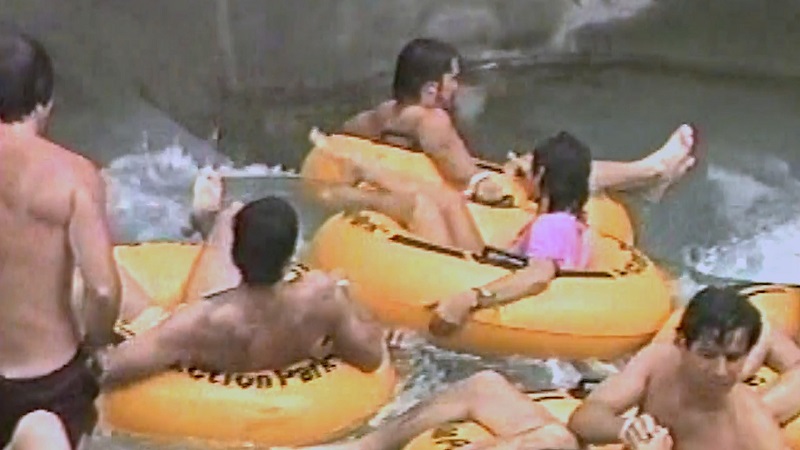
He possessed an army of teens working for him who were so charmed by the man that they affectionately called him Uncle Gene. Uncle Gene put these kids in charge of a park that was about as crazy as one could get away with—at that time. Broken bones, road rash burns, teeth missing… you name it, it was all par for the course… and the kids LOVED it.
The entire affair is chronicled cinematically brilliantly in the new HBO Max documentary, Class Action Park. If at first, the journey feels like that Johnny Knoxville comedy Action Point, don’t be surprised. That film was inspired by the 2013 documentary short The Most Insane Amusement Park Ever, which looked at the Jersey cultural icon. As such, laughter is often the only and best response to moment after moment of this film that finds humans as crash test dummies for rides that were not crafted by engineers who specialize in such things. Most of the activities at Action Park were the brainchild of Mulvihill, a man who made a fortune in penny stocks and had been driven out of Wall Street by scandal.
Directors Seth Porges and Chris Charles Scott III have tracked down both people who worked at the facility and those who frequented it. They’ve also obtained a ton of footage from employees (and their insane exploits), park-goers (such as comic actor Chris Gethard), and even an episode of Headbanger’s Ball that taped there with host Riki Rachtman and Alice and Chains taking on the madly magnificent rides. Filmmakers’ vast reach finds a sentiment shared by all the talking heads—it is incredible that this thing existed, it is incredible that I survived and when I was a young soul, I would line up repeatedly to do the same thing again and again and again, summer after summer.
The film breaks down how the Action Park came to be, what made it special to a virtual army of millions who pilgrimage from various parts of the northeast to the Northern Jersey Mecca for unbridled madness. At the same time, filmmakers paint a picture of the park that gives off the impression that it was as much a part of the New Jersey fabric as Bruce Springsteen and the Jersey Shore. For the 80s and part of the 90s, it firmly was and was also a rite of passage for any child of the Garden State.
There is an astonishing array of footage for many of the rides that made headlines with the rumor mill that drove the masses to the park, including The Tarzan Swing, Surf Hill, Space Shot and, Colorado River. The latter saw more fights and carnage than one would expect from people in inner tubes careening at top speeds down a mountain and through many corners that served as a violent pile-up. That was as much part of the thrill as the speed generated by the drop. The wave pool is shown in all its glory for tossing people about like coins in the bottom of a can that is shaken violently.
Leave it to Mulvihill to come up with a water slide ride that involved a loop. Without a PhD in physics, such an endeavor had injury written all over it. Filmmakers painstakingly take us through the test and failure process that found the right angles for the loop and how riders had to be a certain size, or injury was all but certain. What stuns is how many of the park’s employees were willing guinea pigs for these experiments that led park workers to tweak these rides until they were “good enough” for the public.
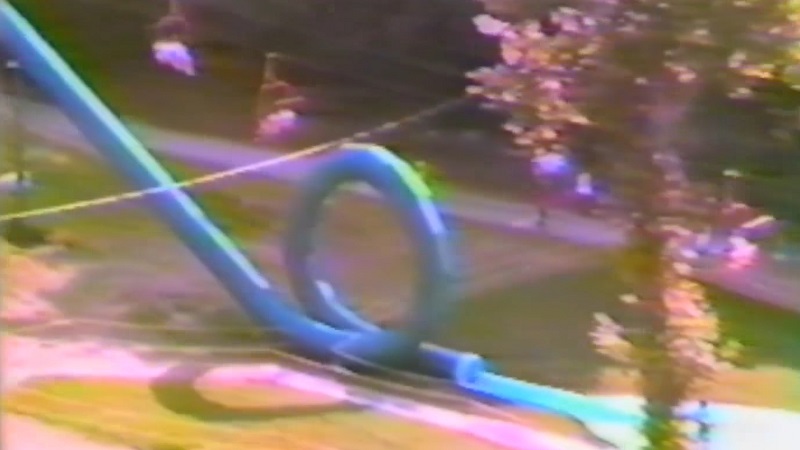
Don’t surprised if laughter ensues (because how else can you react) when taken through the craziest features the park presented. One such moment had me in stitches involved the Tank Ride, which found some guests soaking their tennis balls in alcohol and setting them on fire as they got launched from their “tank” as they careened through the course. Which recalls…Whose idea was it to put the beer and alcohol site by the Motor World and “Play” cars that could reach speeds of 50 to 60 miles-per-hour? As the narrator states, “loads of liquor and motorized vehicles, what could go wrong?”
Class Action Park illustrates that it wasn’t all fun and games. People died. Multiple people died. Many were injured, there’s even a part of the film devoted to the “Infirmary” that consisted of hundreds and thousands of souls coming in for a myriad of injuries, or as the attendees called them, badges of honor. The unadulterated fun that is exhibited throughout is sprinkled with the tragedies that befit many who went through Action Park’s gates. But it isn’t until the deaths are chronicled and those who are left behind with loved ones now gone that the weight of the park comes to life—all balanced while still illustrating that Mulvihill and his investors were more often legally shielded from lawsuits. Not because of waivers, such things didn’t exist. They just outlasted their plaintiffs and outspent them.
This documentary firmly embodies the hindsight is 20/20 mantra, at least via a few of the employees who seem aghast at what all went down at the Vernon, New Jersey landmark. Even some of the first Mulvihill dangerous ride testers reflect that they’d do it again, given the time, their cultivated view of the world at the time, and above all else—it was fun. Insanely enjoyable.
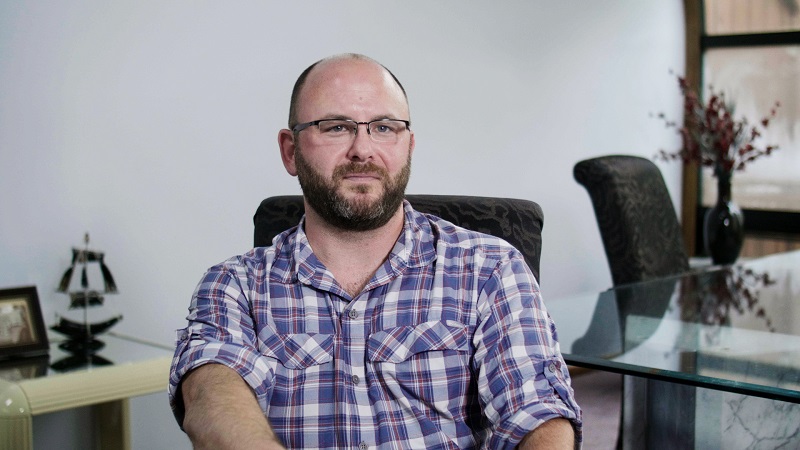
Class Action Park does a lot of things extremely well, balancing tone is certainly one element. It feels like one of the park’s rides as we careen through the early days and the unbridled joy of all those kids who sought a blast and found it at the world’s most dangerous park. It careens from someone’s first-hand account to either a video taken from the ride they are describing or an excellently conceived animated segment used to spotlight what these folks are talking about, most notably, the injuries.
What stands out most impressively is quantifying of the childhood of millions, including this writer and his contemporaries. It was a unique time, and the last generation to be “free-range” children. Mine was a generation that didn’t come home until after 8 p.m. and most importantly, our parents weren’t even looking for us. There were no cell phones, no smartphones, no readily available devices to capture the mayhem of our youth. By focusing on the goings-on of a dangerous theme park, filmmakers have in turn encapsulated how an entire generation came of age. This film firmly serves as an insight into the inner thinking of Generation X and their view of childhood through adolescence, and how our adult role models were absent—after all, we were latchkey kids, weren’t we?
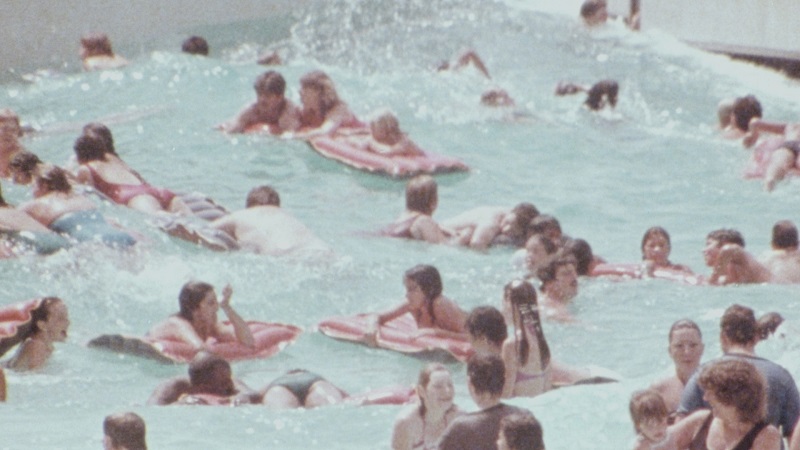
One kid describes a group of his friends getting on their bikes, riding 15 miles to the park, spending the day there, riding all the way home and their parents never knew what they did all day. That’s us. Incarnate.
Grade: A

